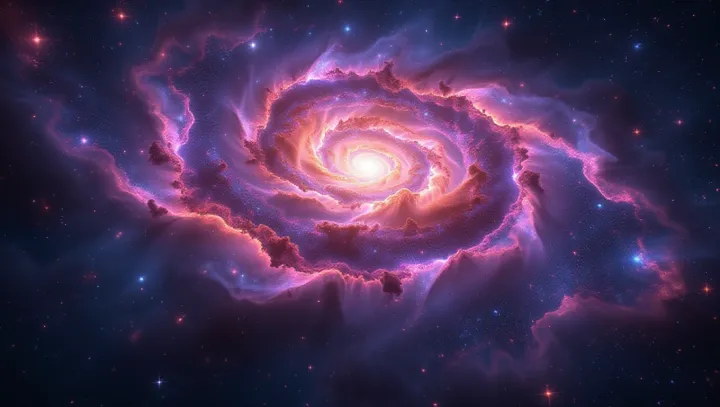Secrets of the Large Magellanic Cloud Revealed

The Large Magellanic Cloud (LMC), a satellite galaxy orbiting the Milky Way, continues to captivate astronomers with its rich and varied composition. Situated at a mere 163,000 light-years from Earth, this cosmic neighbor offers a unique vantage point for exploring galactic structures beyond our own. Recent astronomical studies focus on the LMC's intricate makeup, diving into its vast hirarchy of stars, gases, and cosmic dust.
The Universidad de Chile, along with international collaborators, has spearheaded research that illuminates the cloud's core elements. Utilizing advanced telescopes, they have demystified segments of the LMC's sprawling expanse. Core findings reveal that the LMC harbors young, massive stars, substantial amounts of hydrogen gas, and regions actively birthing new stellar bodies.
Dr. Elena Cruz, an astrophysicist leading the team, explains, 'Understanding the LMC's structure aids us comprehending similar processes within the Milky Way, enhancing our grasp on star formation and galactic evolution.' The implications of this research are significant, as astronomers seek patterns that mirror our own galaxy's development. Rising interest in LMC studies reflects a broader trend in cosmic exploration, where both amateur astronomers and seasoned professionals look to the stars for clues about our universe.
